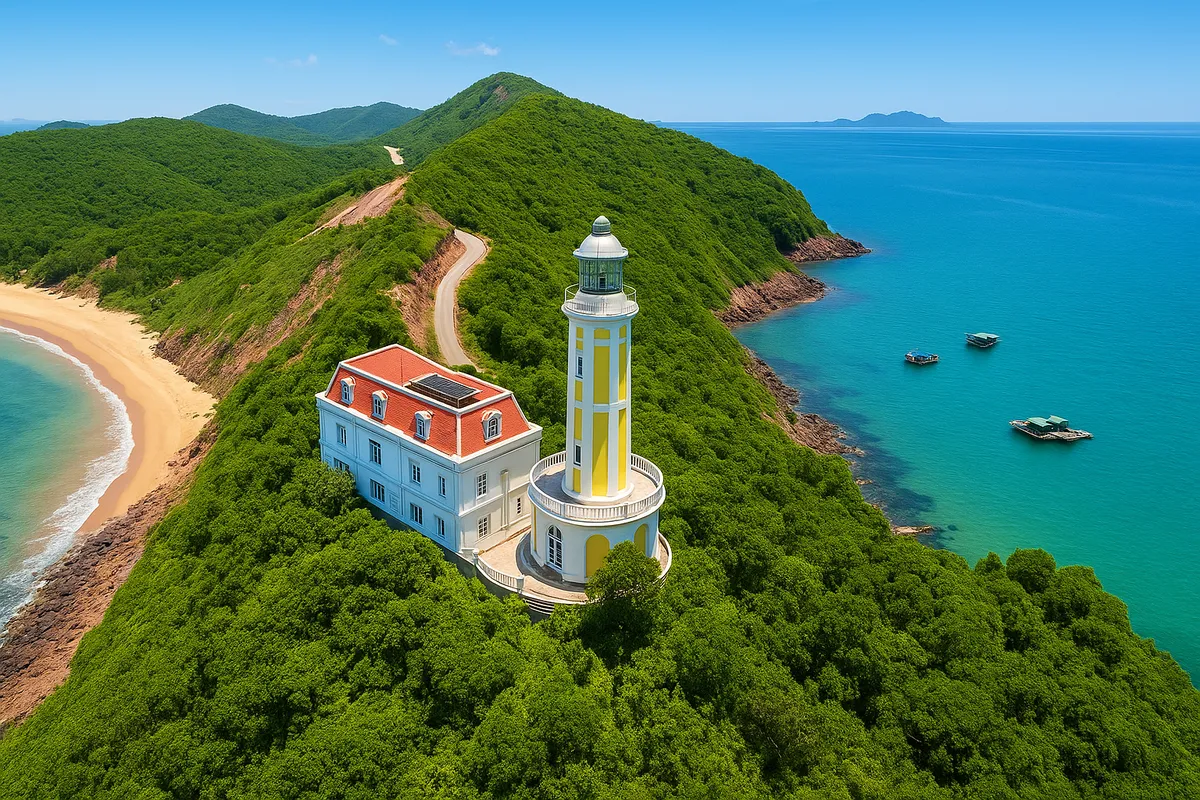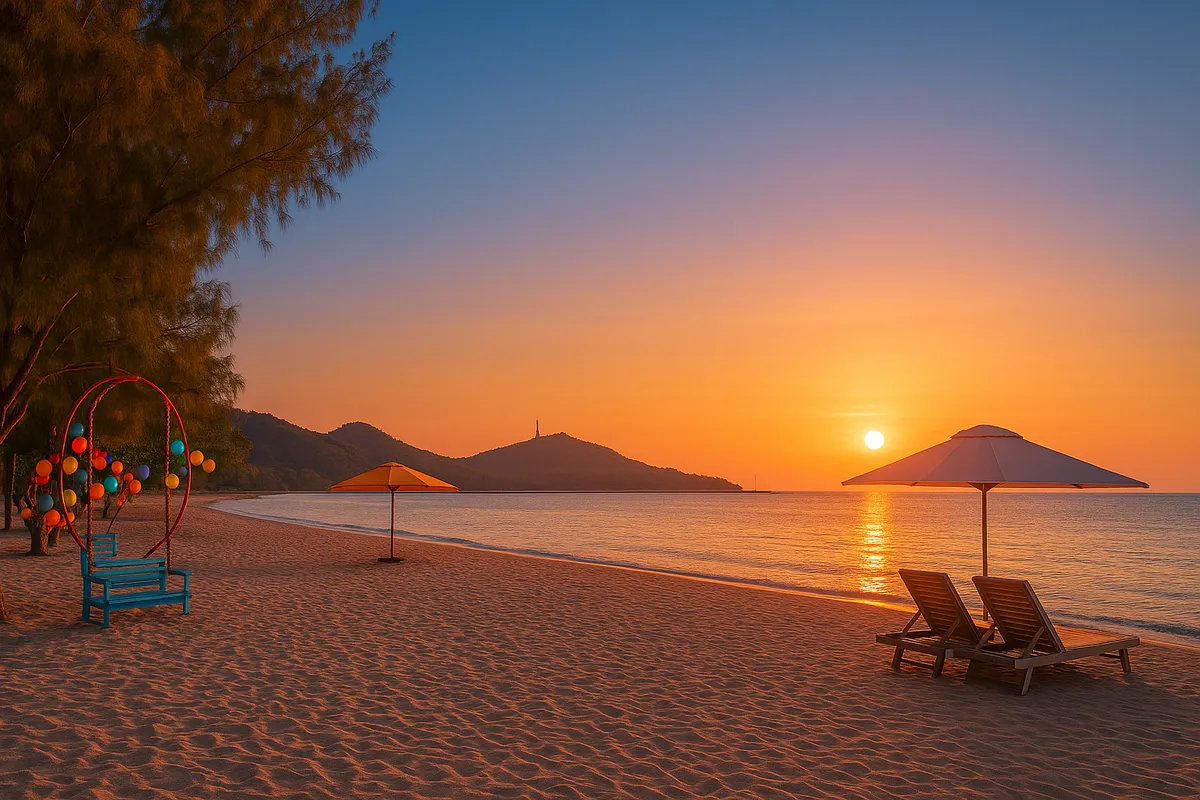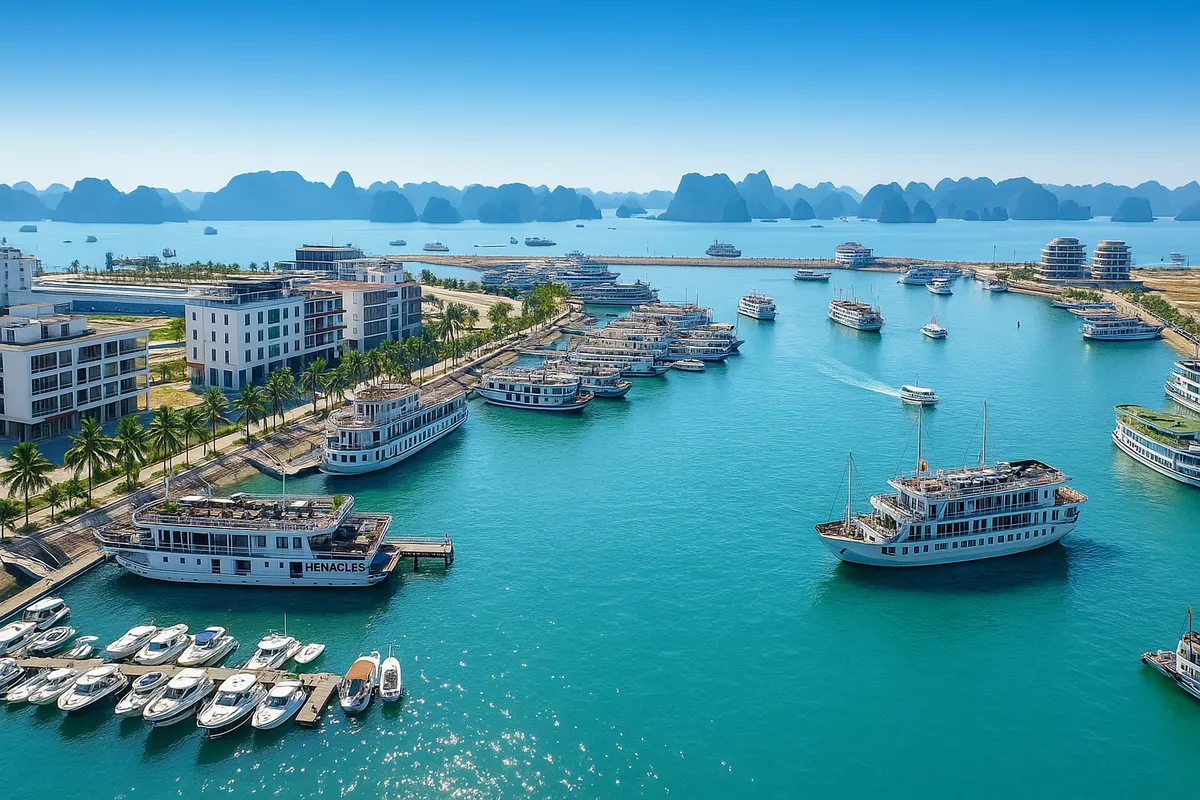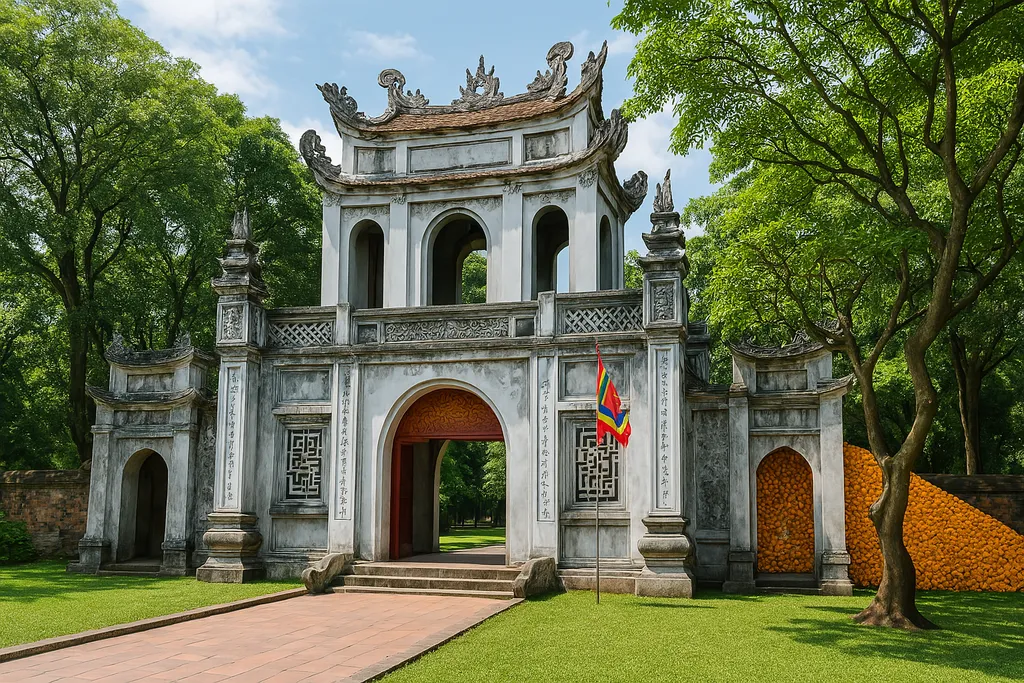Mong Cai - Where the first dawn calls the name of Vietnam
- Tuesday, May 20, 2025, 19:36 (GMT+7)
Mong Cai - Where the first dawn calls the name of Vietnam
Mong Cai, a land at the northeasternmost tip of Vietnam, is where the first rays of dawn kiss the S shaped homeland. Beneath the azure sky where the sea meets the mountains, where land greets water, soft breezes carrying the salty scent from Tra Co arrive and compose a gentle symphony of nature, history, and the soul of Vietnam. Perhaps not many people know that Mong Cai is not only a bustling trade gateway but also a stunning intersection of time, memory, and the yearning for discovery.
The road to Mong Cai is a journey stretching through the lush green forests of Quang Ninh, followed by the smooth curves of the Van Don Expressway, winding like a silk ribbon embracing the sea and sky. Upon arrival, everything seems to slow down. The sound of traffic fades, replaced by the rustling of waves, the whisper of wind through rows of casuarina trees, and the quiet heartbeat of those seeking untouched beauty not yet awakened by the waves of mass tourism.
Tra Co Beach appears like a soft whisper amid the blazing summer. The white sand stretches endlessly, fine enough that every footprint leaves a distinct mark like ink on a blank page. The sea glows with a deep blue that reflects the sky, and the salty air makes one want to sit quietly, breathe deeply, and let every worry dissolve into the wind. People often say Tra Co is a beach for dreamers, a place where one could walk all day without turning back, because it holds a sky within the soul that feels boundless.
Few people know that hidden within this beach lies an ancient communal house, silent like an unwritten chapter of history. Tra Co Communal House, built during the later Le dynasty, is not a grand structure, yet standing before it one feels humbled by the layers of time. Its blackened ironwood gleams with age, mossy curved roofs resemble blades drawn across the sky, and its wooden beams carved with dragons and phoenixes reveal exquisite craftsmanship. Once a year, the Tra Co festival takes place here—not boisterous, not extravagant—but filled with sincerity, where locals gather to honor their ancestors and keep the cultural flame alive on this sacred land.
A bit further northeast, Sa Vi Cape stretches quietly into the sea like a hand reaching toward the East. Here stands a stone stele engraved with the words "The frontier of the fatherland," and the Vietnamese often say that once your feet touch Sa Vi, you have touched the beginning of the country's form. The sea at Sa Vi is rougher, the wind sharp and fierce, but standing in the vastness of nature, one feels a truth: this is where freedom begins. A place where every small thought disappears within the greatness of nature and history.
Not far from the shore, Vinh Thuc Island remains untouched like an uncut gem, preserving its wild and innocent nature. Red dirt paths weave through lush forests, empty golden beaches glimmer under the sun, and the lighthouse stands tall like a silent night guardian for hundreds of years. At its base, a message carved in stone reads, “The one who guards the light is never alone.” No one knows who wrote it, but for those who have once visited, the words linger long after.
If Tra Co is a place to let thoughts drift, the Mong Cai Market is where one dives into daily life. The calls of vendors, laughter, and bargaining blend into a vibrant folk melody. Beneath the stalls, people discover dishes rich in borderland character like grilled Mong Cai chicken with mac mat leaves, spicy northern prawn noodles, or crispy sesame cakes full of fragrance. These are more than just flavors—they are stories of how locals preserve their way of life, using nature’s gifts to create a culinary identity for the land they cherish.
Another little known fact is that Mong Cai once served as an anchoring point for ancient Vietnamese and Chinese merchant ships during the Ly and Tran dynasties. Beneath the ground near the border gate still lie remnants of old trading stations, ceramic jars, copper coins, and even ancient calligraphy that have been unearthed. These fragments piece together an old tale of Mong Cai as a sacred hub of maritime trade and one of the liveliest economic centers in the northeast.
The most ideal time to visit Mong Cai is in late spring to mid summer, when the sea is calm and the sun spreads golden light across the waves. At dawn, fishermen cast their nets gently like dancers upon water. By dusk, the horizon glows crimson, painting the sky like a vivid oil canvas. If traveling from Hanoi, the Ha Long Mong Cai Expressway is the most convenient route, taking only about five hours to reach this borderland. Adventurers may opt for motorbikes, cruising along winding mountain roads where purple mua flowers bloom along the way.
Spending a night in the fishing village of Tra Co is a way to listen to the ocean whisper like a voice from the ancestors. In seaside homes, the sea breeze sings lullabies in place of a mother’s song, and every sleep is wrapped in the love of the land and its people. Those who have come all remember this: "There, every day is a piece of peace."
It is no coincidence that people say Mong Cai is where journeys begin, but also where one may choose to pause. There, wandering souls can start a voyage of freedom, but also stop to rediscover themselves within serenity. Mong Cai does not strive to be famous. It is beautiful in a quiet way, like a magnet for nostalgia, like a lullaby never fully sung.
And when sunset falls over Tra Co Beach, when the last light fades at Sa Vi Cape, Mong Cai becomes the final shimmering stroke on the map of Vietnam.

 CHECKIN.VN
CHECKIN.VN








Share on